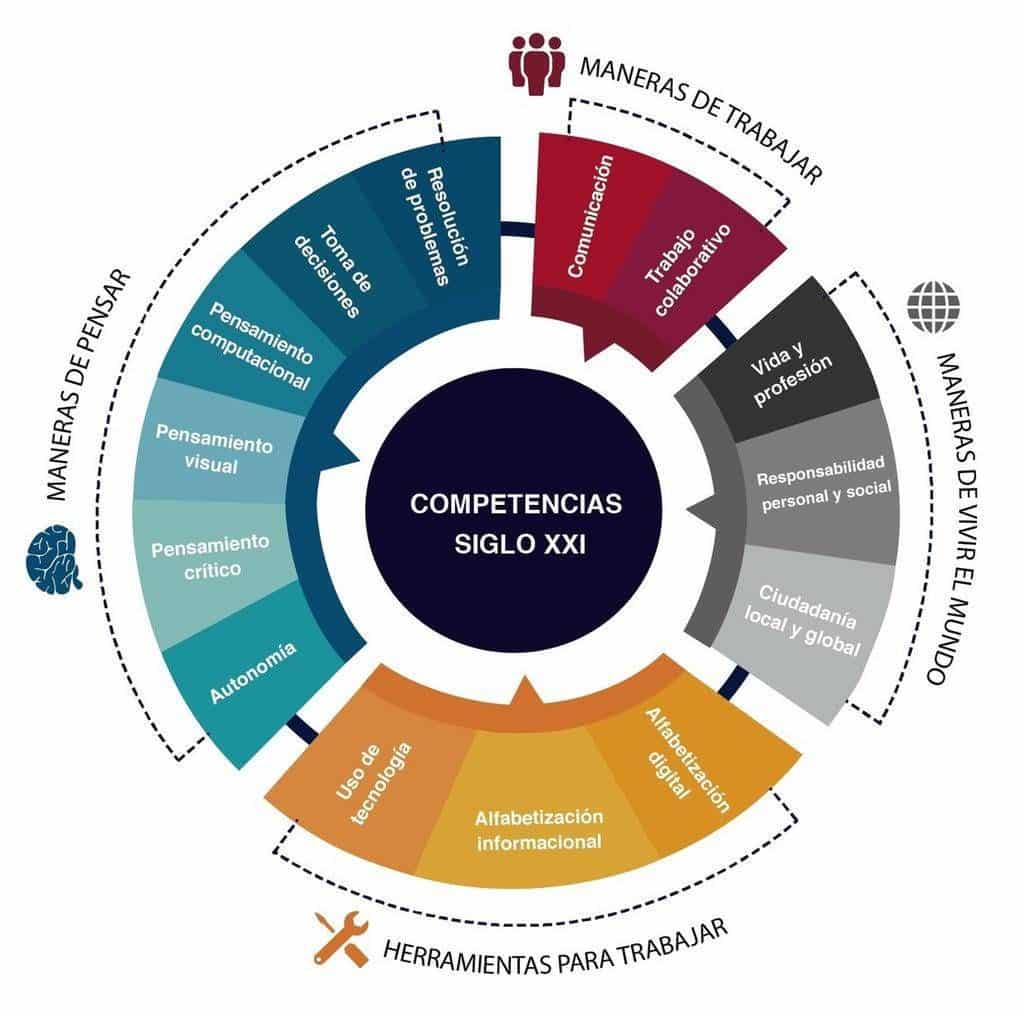The renowned analyst and consultant in digital transformation highlights the effectiveness of an educational framework driven by Intel, Microsoft, and Cisco, adapted by EAFIT University, to develop key skills in professional environments.
The technology communicator and international consultant Marc Vidal has publicly shared his experience implementing the ATC21S (Assessment and Teaching of 21st Century Skills) model in the weekly management of his company. As he explained through his social media, this approach is yielding remarkable results in the professional development of his team.
The ATC21S model, originally promoted by Intel, Microsoft, and Cisco and tailored for the Ibero-American context by EAFIT University in Colombia, structures the learning and assessment of 21st-century key skills in four fundamental dimensions: ways of thinking, tools for working, ways of working, and ways of living in the world.
Four Dimensions Defining Modern Work
1. Ways of Thinking: This dimension includes skills such as critical thinking, decision-making, problem-solving, and computational thinking. For Vidal, these are essential capabilities that enable teams to adapt to complex environments and generate innovative solutions autonomously.
2. Tools for Working: Here, the focus is on digital and informational literacy, as well as the ethical and effective use of technologies. The consultant emphasizes that it’s not enough to know the platforms: “It’s essential to know how to search, evaluate, and apply information judiciously.”
3. Ways of Working: Effective communication and collaboration are at the heart of high-performance teams. Sharing ideas clearly, listening actively, and coordinating with fellow team members are key practices that Vidal has enhanced through this approach.
4. Ways of Living in the World: In a time of constant change, the ability to integrate personal and professional aspects, exercise active citizenship, and act with social responsibility is increasingly valued. This dimension encourages workers to become agents of change both within and outside the organization.
Artificial Intelligence as a Catalyst and Challenge
One of the standout aspects of Marc Vidal’s analysis is the role of artificial intelligence (AI) in reinforcing these competencies. According to the expert, AI is accelerating the development of critical skills:
“AI stimulates critical and computational thinking, enhances collaborative work through advanced platforms, and facilitates autonomy through task automation. But it also raises questions about our ethical and social responsibilities,” he states.
In this regard, Vidal warns that AI not only transforms how we work but also compels us to reconsider how individuals relate to technology, emphasizing the need to build more human, resilient, and innovative teams.
Are We Prepared for This Transformation?
The ATC21S model prompts a deep reflection on the types of skills that need to be fostered in current and future work environments. In Marc Vidal’s words, the most challenging dimension is the one that requires us to rethink how we live and act in the world, as it necessitates taking on responsibilities beyond the professional framework.
The model is already being adopted by universities, organizations, and companies around the world as a basis for continuous training, competency assessment, and designing talent strategies that align more closely with the demands of the 21st century.
Source: LinkedIN Marc Vidal

